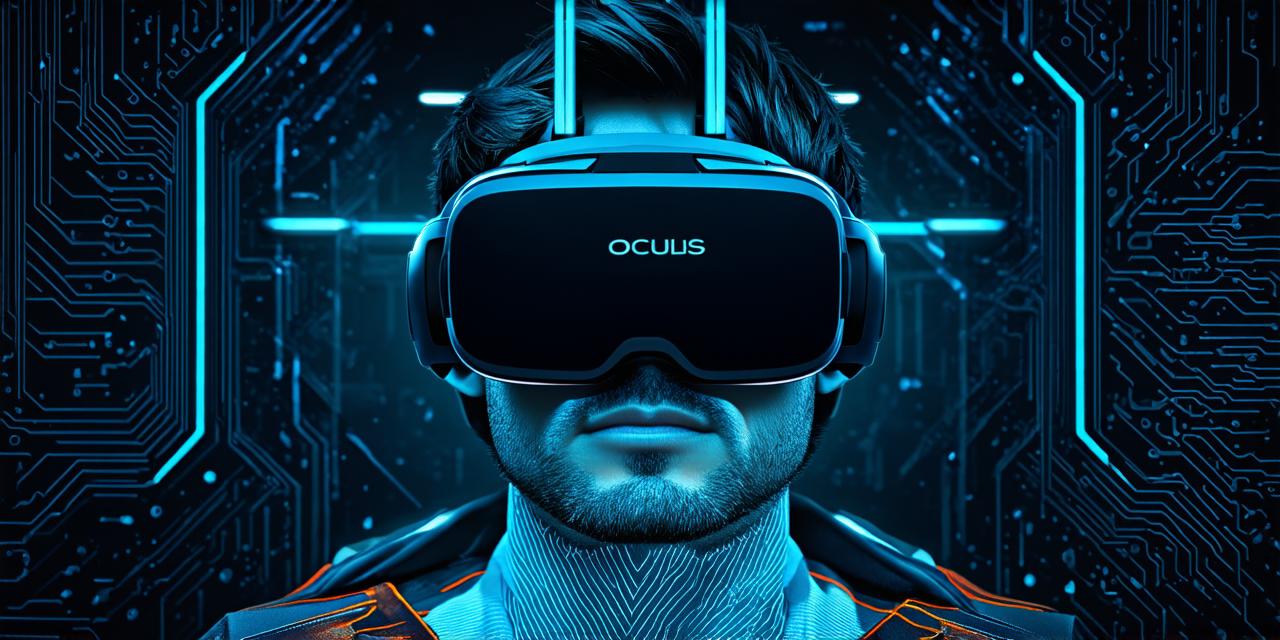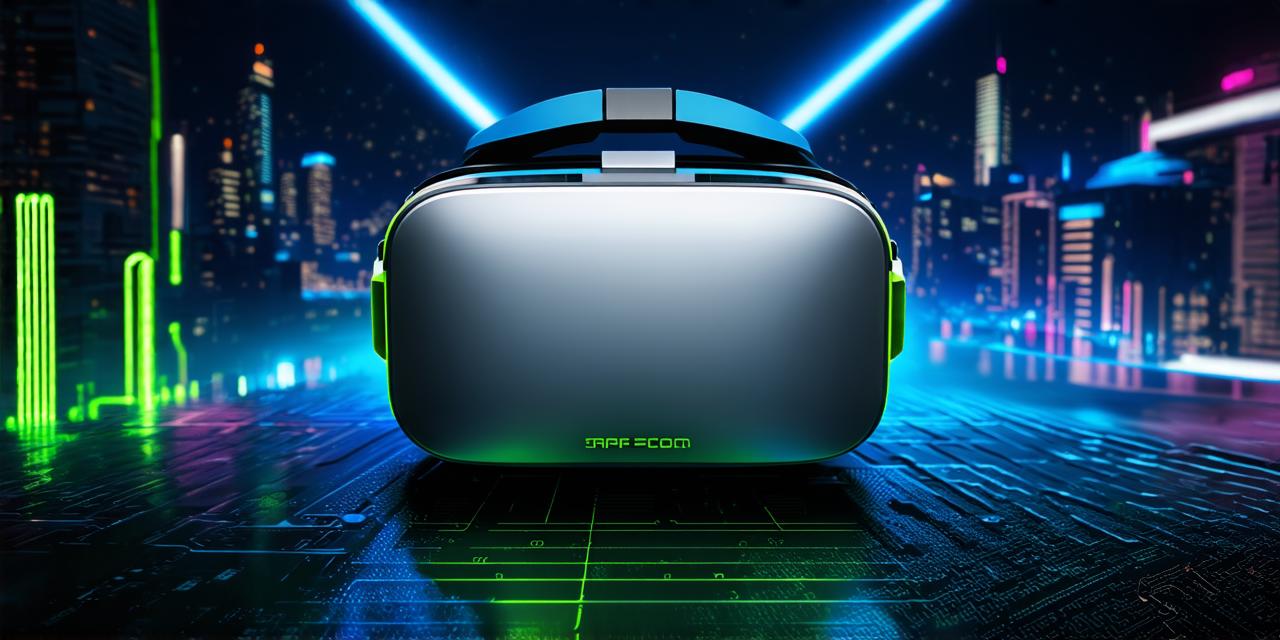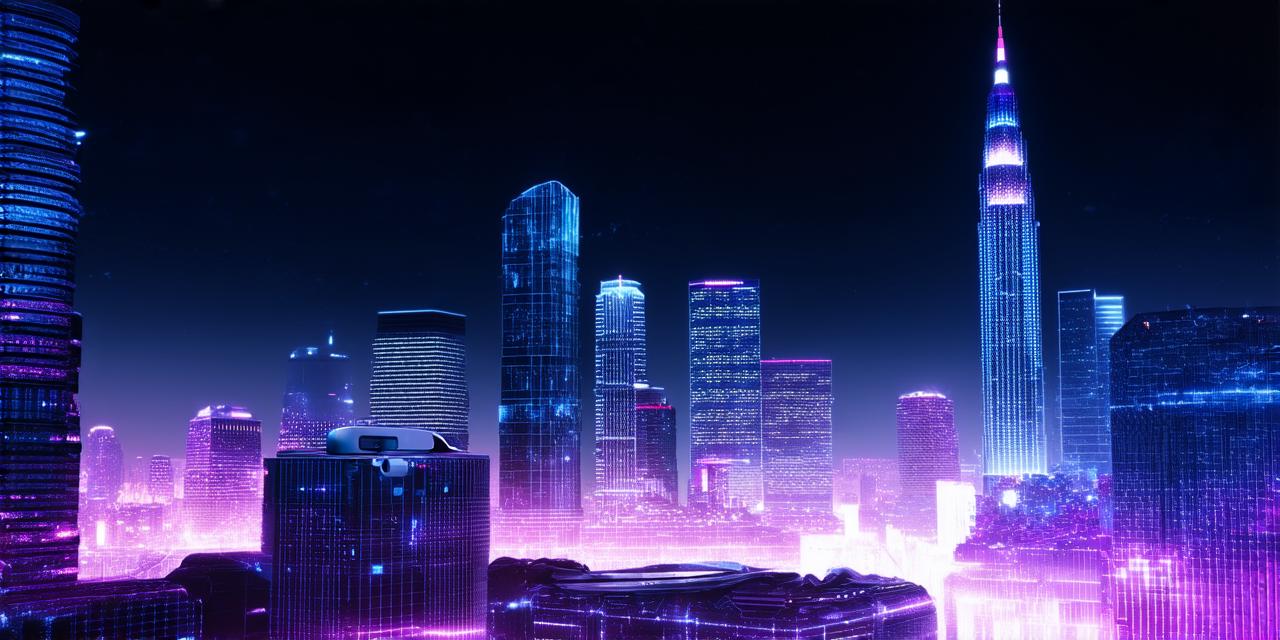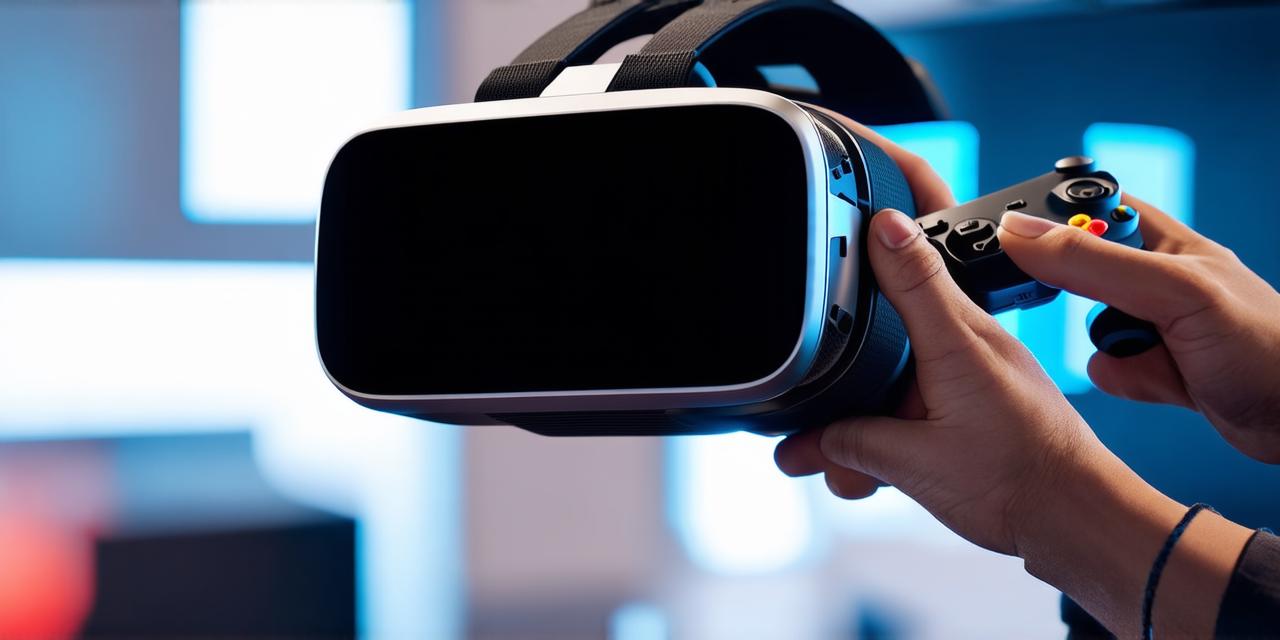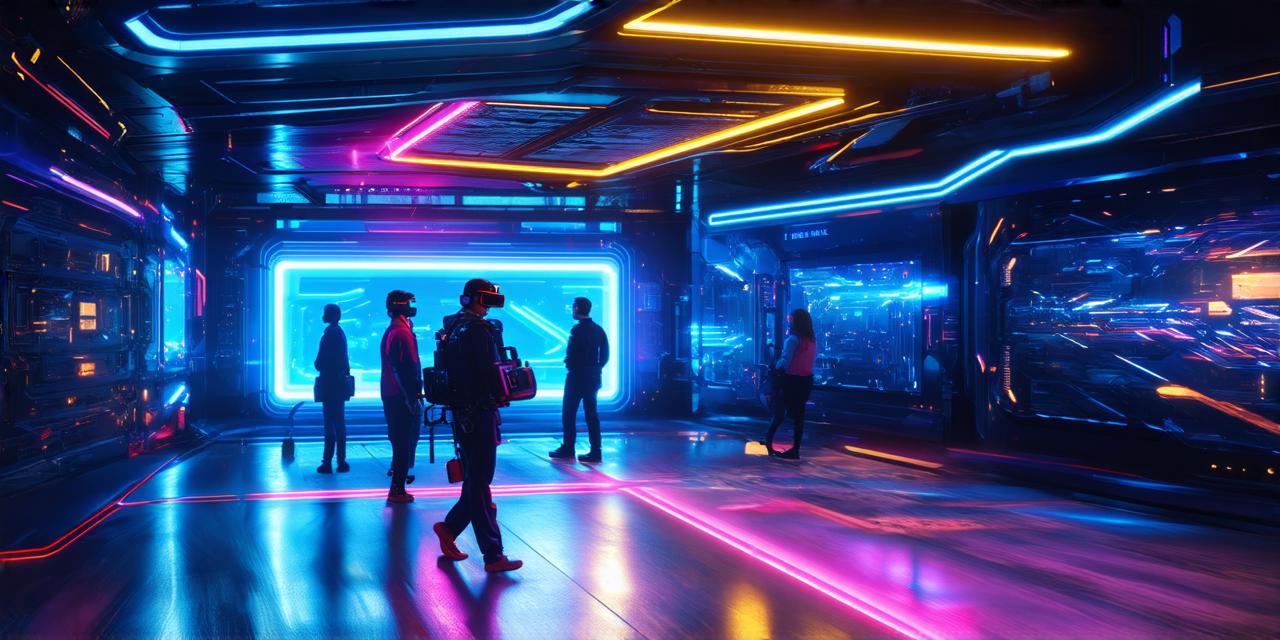What Is Oculus VR Technology?
Oculus VR (Virtual Reality) is a technology that allows users to experience computer-generated environments in a simulated manner. It involves a headset with sensors that track the user’s movements and adjust the display accordingly, creating an immersive 3D environment that appears real.
The Oculus VR technology was developed by Palmer Luckey, who founded Oculus VR in 2012. Since then, it has become a game-changer in the industry, with millions of users enjoying virtual experiences across various sectors, including gaming, education, healthcare, and more.
How Does Oculus VR Technology Work?
To understand how Oculus VR technology works, we need to break it down into its components:
- Headset: The headset is the main component of an Oculus VR system. It’s a device that sits on the user’s head and has sensors that track their movements.
- Display: The display is what shows the virtual environment to the user. Oculus VR systems typically use high-resolution displays with refresh rates of up to 90 Hz, which makes the virtual world appear seamless and immersive.
- Tracking: The tracking system uses sensors to monitor the user’s movements and adjust the display accordingly. It can track the user’s position, orientation, and hand movements, allowing them to interact with the virtual environment in a natural way.
- Content Creation: Creating content for Oculus VR involves using specialized software tools that allow developers to design and build virtual environments, characters, and objects. The content can be 2D or 3D, and it needs to be optimized for the VR environment to ensure smooth performance.
Why Should AR Developers Care About Oculus VR Technology?
AR developers should care about Oculus VR technology because it represents a new frontier in interactive experiences. Here are some reasons why:
- Immersive Environments: Oculus VR provides an immersive environment that can transport users to other worlds, making them feel like they’re really there. This creates opportunities for AR developers to create more engaging and interactive experiences for their customers.
- Hand Tracking: Oculus VR systems use hand tracking technology to allow users to interact with virtual objects in a natural way. This is something that AR developers can leverage to create more intuitive interfaces for their applications.
- Real-time Rendering: Oculus VR systems are capable of rendering high-quality graphics in real-time, which is essential for creating immersive experiences. This capability makes it possible for AR developers to build more realistic and detailed virtual environments.
- Growing Market: The demand for virtual reality technology is growing, and Oculus VR is one of the leading players in this market. As the technology becomes more widely adopted, there will be more opportunities for AR developers to create content for it.
- Cost-effective: Oculus VR systems are relatively affordable compared to other VR technologies, making it accessible to a wider range of businesses and individuals. This means that AR developers can create virtual experiences that are both immersive and cost-effective.
Case Studies and Personal Experiences
To illustrate how Oculus VR technology works and why AR developers should care about it, let’s look at a few case studies and personal experiences:
Virtual Tourism
One of the most interesting applications of Oculus VR technology is in virtual tourism. Companies like Expedia have partnered with Oculus VR to create virtual tours of popular tourist destinations. Users can explore these environments in a realistic way, without actually having to travel to the destination.
Training and Simulation
Oculus VR technology has also found applications in training and simulation. For example, the US military is using Oculus VR systems to train soldiers in realistic combat scenarios. This allows them to practice their skills in a safe and controlled environment, without risking the lives of real soldiers.
Gaming
Of course, one of the most popular applications of Oculus VR technology is in gaming. Games like “Beat Saber” and “Job Simulator” are designed specifically for Oculus VR and provide a highly immersive gaming experience.
Personal Experience
I had the opportunity to try out an Oculus VR system recently, and it was truly amazing. The immersion factor of the technology is incredible, and it’s easy to lose yourself in the virtual world. It made me realize just how much potential there is for AR developers to create immersive experiences that can transport users to other worlds.
FAQs
1. What’s the difference between Oculus VR and Augmented Reality?
Oculus VR is a fully immersive virtual reality technology, while Augmented Reality is a technology that overlays digital content onto the real world. AR developers can use Oculus VR to create immersive experiences that are completely separate from the real world.
2. What kind of hardware do I need to use Oculus VR?
You’ll need an Oculus VR headset, a computer with a compatible processor and graphics card, and some sensors to track your movements. You can also use hand tracking technology to make interactions more intuitive.
3. Is Oculus VR technology expensive?
Oculus VR systems are relatively affordable compared to other VR technologies, with prices starting at around $399 for the Oculus Quest 2. There are also more high-end systems available for professionals and gamers.
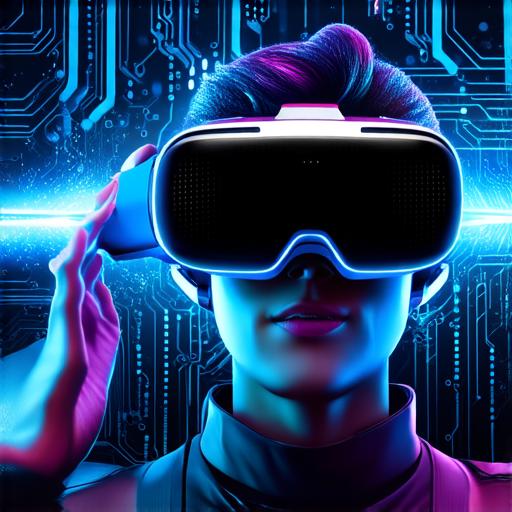
4. What kind of content can be created for Oculus VR?
Oculus VR supports a wide range of content types, including games, educational applications, training simulations, and more. The content can be 2D or 3D, and it needs to be optimized for the VR environment to ensure smooth performance.
5. Can Oculus VR technology be used in conjunction with AR?
Yes, it is possible to use Oculus VR technology in conjunction with Augmented Reality. For example, you can use AR to enhance the virtual environment in an Oculus VR system, or you can use Oculus VR to create a fully immersive experience that can be viewed through an AR device.
Summary
Oculus VR technology represents a new frontier in interactive experiences, and it’s something that AR developers should take seriously. The immersive nature of the technology, combined with its real-time rendering capabilities and growing market, make it an exciting opportunity for businesses and individuals looking to create engaging and realistic virtual environments.
